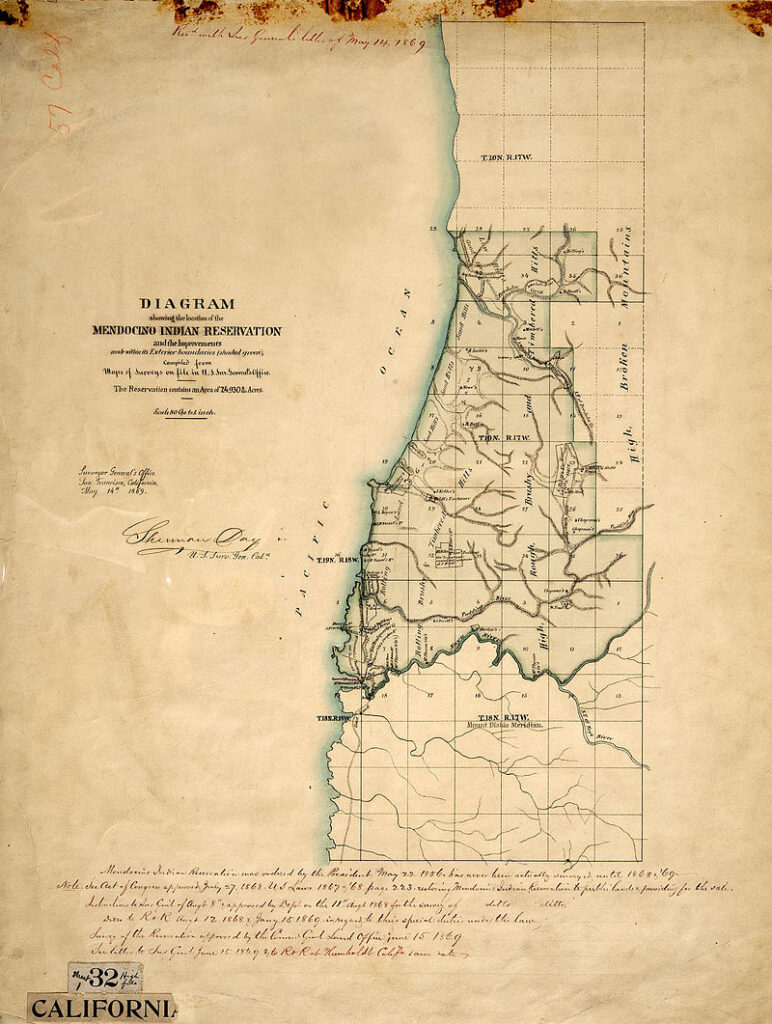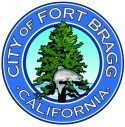Change the name of Fort Bragg or not?
Fort Bragg was established in 1857 when Horatio Gates Gibson, a lieutenant serving at the Presidio of San Francisco, set up a military post to keep control of the natives confined to the newly established Mendocino Indian Reservation. He named the camp after Braxton Bragg, his former commanding officer.
Braxton Bragg
From Wikipedia, the free encyclopedia Jump to navigationJump to search
| General Braxton Bragg | |
|---|---|
| Born | March 22, 1817 Warrenton, North Carolina, U.S. |
| Died | September 27, 1876 (aged 59) Galveston, Texas, U.S. |
| Buried | Magnolia Cemetery, Mobile, Alabama ( 30°40′30.3″N 88°03′45.7″W) 30°40′30.3″N 88°03′45.7″W) |
| Allegiance | |
| Service/branch | |
| Years of service | 1837–1856 (USA) 1861–1865 (CSA) |
| Rank | Brevet Lieutenant-Colonel (USA) General (CSA) |
| Commands held | Army of Mississippi (1862) Army of Tennessee (1863) |
| Battles/wars | Second Seminole War Mexican–American War Siege of Fort Brown Battle of Monterrey Battle of Buena Vista American Civil War Battle of Shiloh Battle of Perryville Battle of Stones River Tullahoma Campaign Battle of Chickamauga Battles for Chattanooga Second Battle of Fort Fisher Battle of Bentonville |
| Signature |
Braxton Bragg (March 22, 1817 – September 27, 1876) was an American army officer during the Second Seminole War and Mexican–American War and later a Confederate army officer who served as a general in the Confederate Army during the American Civil War, serving in the Western Theater. His most important role was as commander of the Army of Mississippi, later renamed the Army of Tennessee, from June 1862 until December 1863.
Bragg, a native of Warrenton, North Carolina, was educated at West Point and became an artillery officer. He served in Florida and then received three brevet promotions for distinguished service in the Mexican–American War, most notably the Battle of Buena Vista. He resigned from the U.S. Army in 1856 to become a sugar plantation owner in Louisiana. At the start of the Civil War, Bragg trained soldiers in the Gulf Coast region. He was a corps commander at the Battle of Shiloh, where he launched several costly and unsuccessful frontal assaults but nonetheless was commended for his conduct and bravery.
In June 1862, Bragg was elevated to command the Army of Mississippi (later known as the Army of Tennessee). He and Edmund Kirby Smith attempted an invasion of Kentucky in 1862, but Bragg retreated following the Battle of Perryville in October. In December, he fought another battle at Murfreesboro, Tennessee, the Battle of Stones River, against the Army of the Cumberland under Major General William Rosecrans. After months without significant fighting, Bragg was outmaneuvered by Rosecrans in the Tullahoma Campaign in June 1863, causing him to surrender Middle Tennessee to the Union. Bragg retreated to Chattanooga but evacuated it in September as Rosecrans’ troops entered Georgia. Later that month, with the assistance of Confederate forces from the Eastern Theater under James Longstreet, Bragg was able to defeat Rosecrans at the Battle of Chickamauga, the bloodiest battle in the Western Theater, and the only major Confederate victory therein. Bragg forced Rosecrans back to Tennessee, but was criticized for not mounting an effective pursuit. In November, Bragg’s army was routed by Maj. Gen. Ulysses S. Grant in the Battles for Chattanooga and pushed back to Georgia. Confederate President Jefferson Davis subsequently relieved Bragg of command, recalling him to Richmond to serve as his chief military advisor. Bragg briefly returned to the field as a corps commander near the end of the war during the Campaign of the Carolinas.
Bragg is generally considered among the worst generals of the Civil War. Most of the battles in which he engaged ended in defeat. Bragg was extremely unpopular with both the men and the officers of his command, who criticized him for numerous perceived faults, including poor battlefield strategy, a quick temper, and overzealous discipline. Bragg has a generally poor reputation with historians, though some point towards the failures of Bragg’s subordinates, especially Leonidas Polk—a close ally of Jefferson Davis and known enemy of Bragg—as more significant factors in the many Confederate defeats at Bragg’s command. The losses which Bragg suffered are cited as principal factors in the ultimate defeat of the Confederacy.

surveyors general office – national archives
This map was released in 1869. It represents a land survey of the Mendocino Indian Reservation which was in operation from 1856 through 1864, and was officially closed in 1866. The reservations headquarters and it’s onsite military fort were located on what is now the town of Fort Bragg, California. Unlike many other reservations, the ownership of this land was retained by the federal government. In 1869 lands were put up for sale, and sold off to the (non- Indian) public for $1.25 an acre.
By surveyors general office – national archives, Public Domain, https://commons.wikimedia.org/w/index.php?curid=18376872
Noyo Harbor, the unincorporated harbor community near the mouth of the Noyo River, situated on both banks and surrounded almost entirely by the City of Fort Bragg.
The Noyo River was misnamed by early settlers to the area after a former Northern Pomo village located a few miles to the north on Pudding Creek. (In fact, the Pomo name for the Noyo River is Chemli-bida.
From the Noyo Harbor Community Sustainability Study
Pomo is an unincorporated community in Mendocino County, California.[1] It is located 1.25 miles (2 km) southeast of Potter Valley,[2] at an elevation of 942 feet (287 m).[1]
A post office operated at Pomo from 1870 to 1871, from 1872 to 1881, and from 1882 to 1911.[2]
It is named after a village of the Pomo people, itself named Pomo, which stood nearby.[3]
References:
U.S. Geological Survey Geographic Names Information System: Pomo, California Durham, David L. (1998). California’s Geographic Names: A Gazetteer of Historic and Modern Names of the State. Clovis, Calif.: Word Dancer Press. p. 124. ISBN1-884995-14-4. Kroeber, Alfred L. (1916), “California place names of Indian origin” (PDF), University of California Publications in American Archaeology and Ethnology, 12 (2): 31–69, archived from the original (PDF) on 2011-07-20.
Mendocino was formerly known as, Big River, Meiggstown, and Mendocino City of the greater Mendocino Township, (including Albion, Little River and Navarro)





